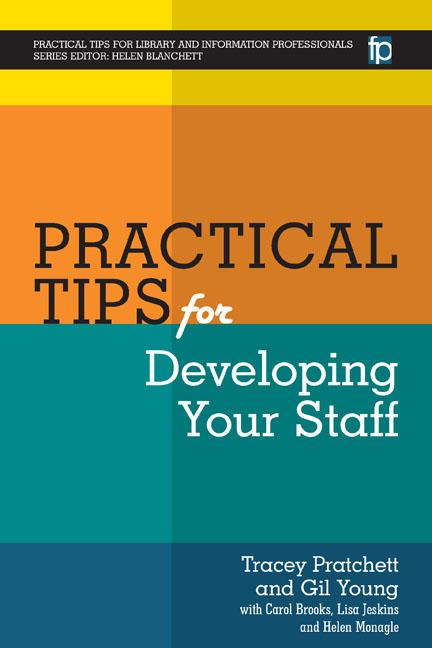Book contents
- Frontmatter
- Contents
- List of figures and tables
- Acknowledgements
- The authors
- List of abbreviations
- Series Editor's introduction
- Introduction
- Section 1 Theories
- Section 2 Infrastructure
- 11 Why develop staff?
- 12 Workforce planning
- 13 Job descriptions
- 14 Person specifications
- 15 Advertisements
- 16 Shortlisting
- 17 Interviews
- 18 Interviews – presentations and tests
- 19 Interviews – feedback
- 20 Inductions
- 21 Managing performance
- 22 Team development plans
- 23 Appraisals – preparing
- 24 Appraisals – conducting
- 25 Setting objectives
- 26 One-to-ones
- 27 Feedback – general
- 28 Team building
- 29 Team meetings
- 30 Sharing learning with the team
- 31 Writing references
- 32 Exit interviews
- 33 Effective handover
- Section 3 Activities and tools
- Index
20 - Inductions
from Section 2 - Infrastructure
Published online by Cambridge University Press: 09 June 2018
- Frontmatter
- Contents
- List of figures and tables
- Acknowledgements
- The authors
- List of abbreviations
- Series Editor's introduction
- Introduction
- Section 1 Theories
- Section 2 Infrastructure
- 11 Why develop staff?
- 12 Workforce planning
- 13 Job descriptions
- 14 Person specifications
- 15 Advertisements
- 16 Shortlisting
- 17 Interviews
- 18 Interviews – presentations and tests
- 19 Interviews – feedback
- 20 Inductions
- 21 Managing performance
- 22 Team development plans
- 23 Appraisals – preparing
- 24 Appraisals – conducting
- 25 Setting objectives
- 26 One-to-ones
- 27 Feedback – general
- 28 Team building
- 29 Team meetings
- 30 Sharing learning with the team
- 31 Writing references
- 32 Exit interviews
- 33 Effective handover
- Section 3 Activities and tools
- Index
Summary
A GOOD INDUCTION is crucial to building a relationship between the new member of staff, their immediate team and the employing organization. Many larger organizations will have formal induction events, often lasting one or two days, which it is compulsory for all new staff to attend. However, a proper induction into an organization and team needs to consist of more than this and should last longer.
All staff have a need to understand the basics of how their organization works. This includes when and how they are paid, car parking, the aims and objective of the organization and health and safety considerations, including fire procedures and personal safety. If this information is not covered at organizational level then it is essential that it be dealt with by the line manager or a designated person. It might be useful to put together a checklist to ensure that all the basics have been covered. If you have an HR department they should be able to assist with this. CIPD and ACAS both provide useful guidance on what an induction needs to cover (see Further Reading, p. 50).
Induction at a local level needs to cover much more than the essentials. If the new post holder will not have the opportunity to spend time with the outgoing post holder the first step to a successful induction will be the exit interview with the person who is moving on (Tip 32, p. 74). At this interview try and ascertain what the outgoing post holder wishes they had been told when they started, what they would like to share with their successor and any useful contacts. If it can be arranged for them to spend time with the new person then do this. If the post is a new one then the line manager needs to think about these questions and prepare answers for the incoming staff member. Induction will vary from post to post and from organization to organization. The following list covers some of the topics, conversation points and activities which you might want to consider, including in an induction plan for a new post holder:
• Organizational objectives.
• Service strategy and other important documents, e.g. marketing plan.
• What are the key tasks of the role?
• What are the individual's expectations of the post?
- Type
- Chapter
- Information
- Practical Tips for Developing Your Staff , pp. 48 - 50Publisher: FacetPrint publication year: 2016

